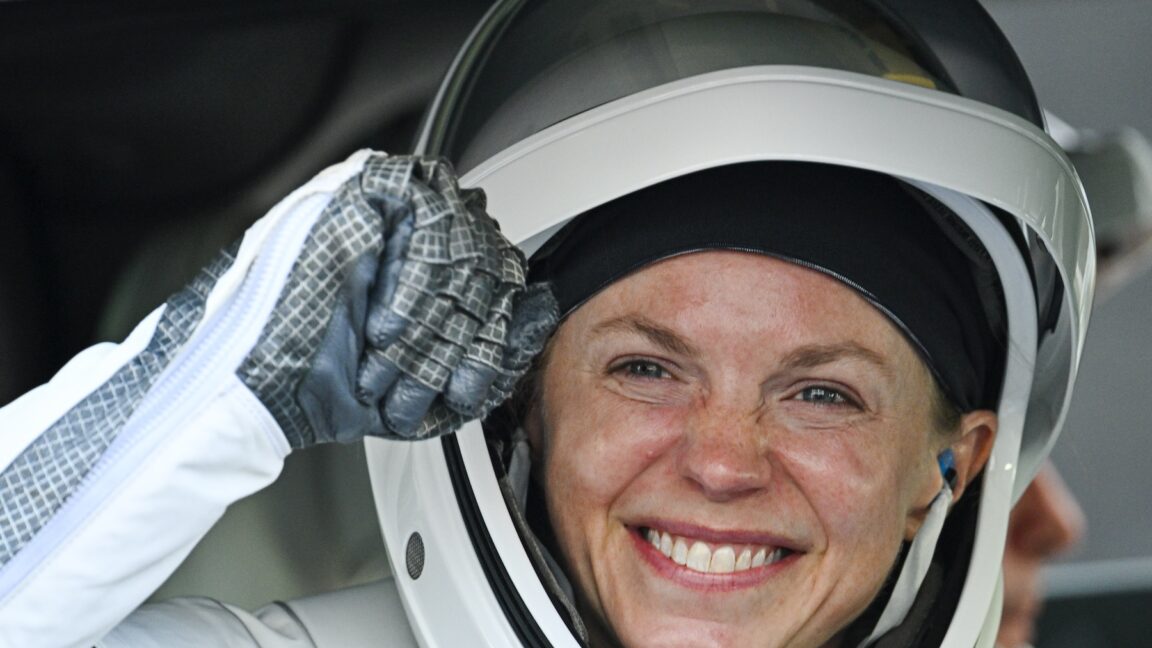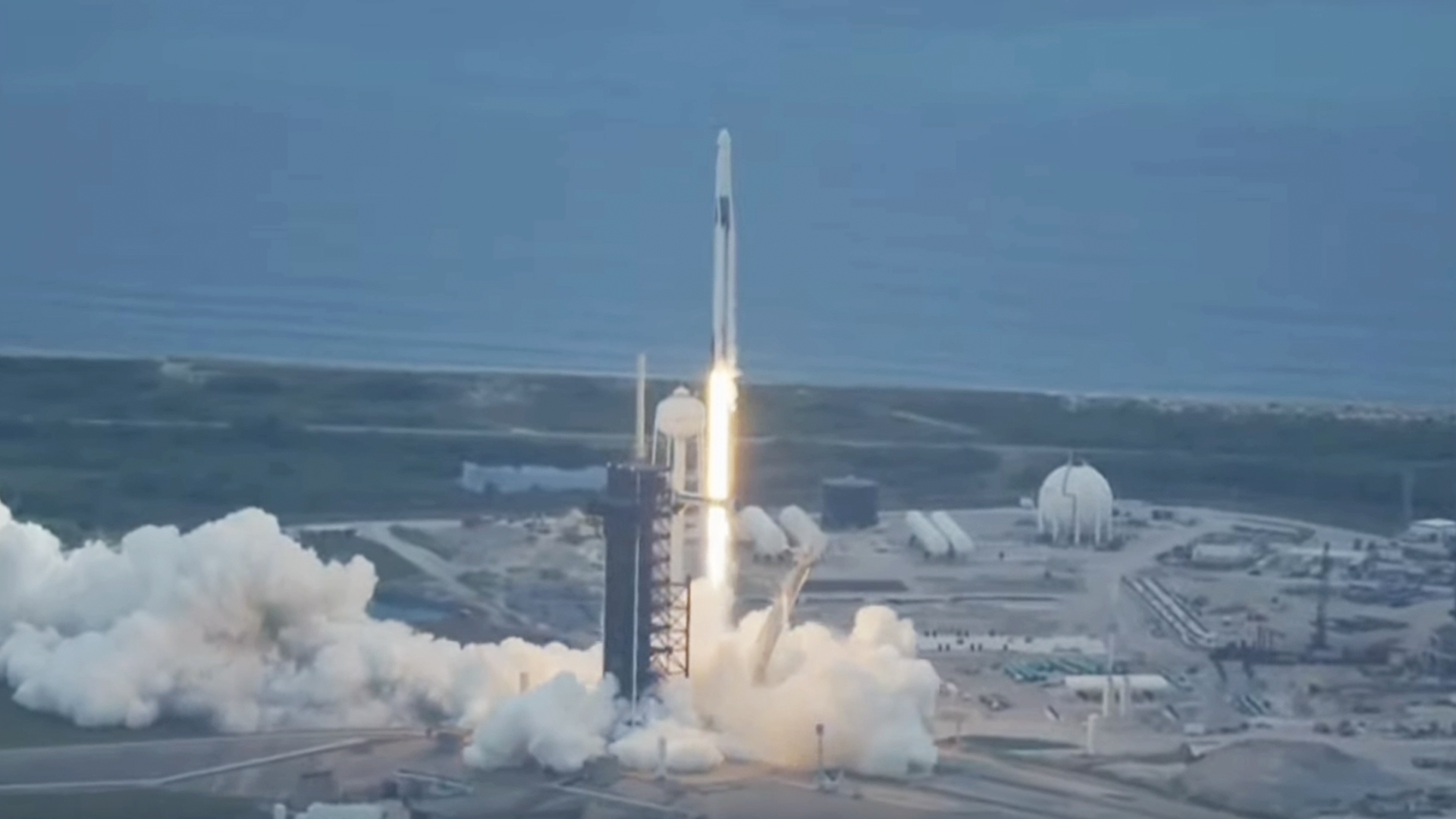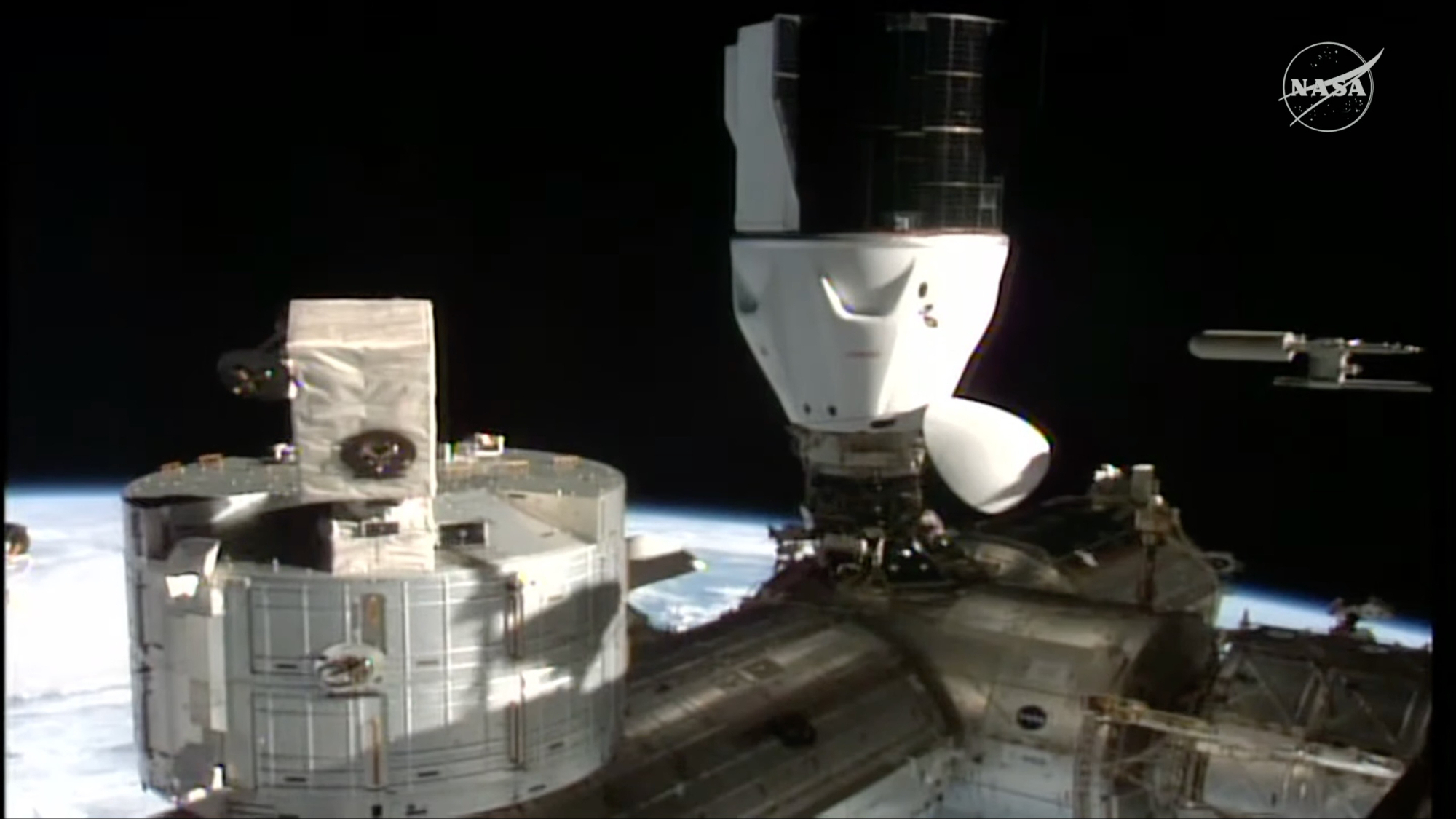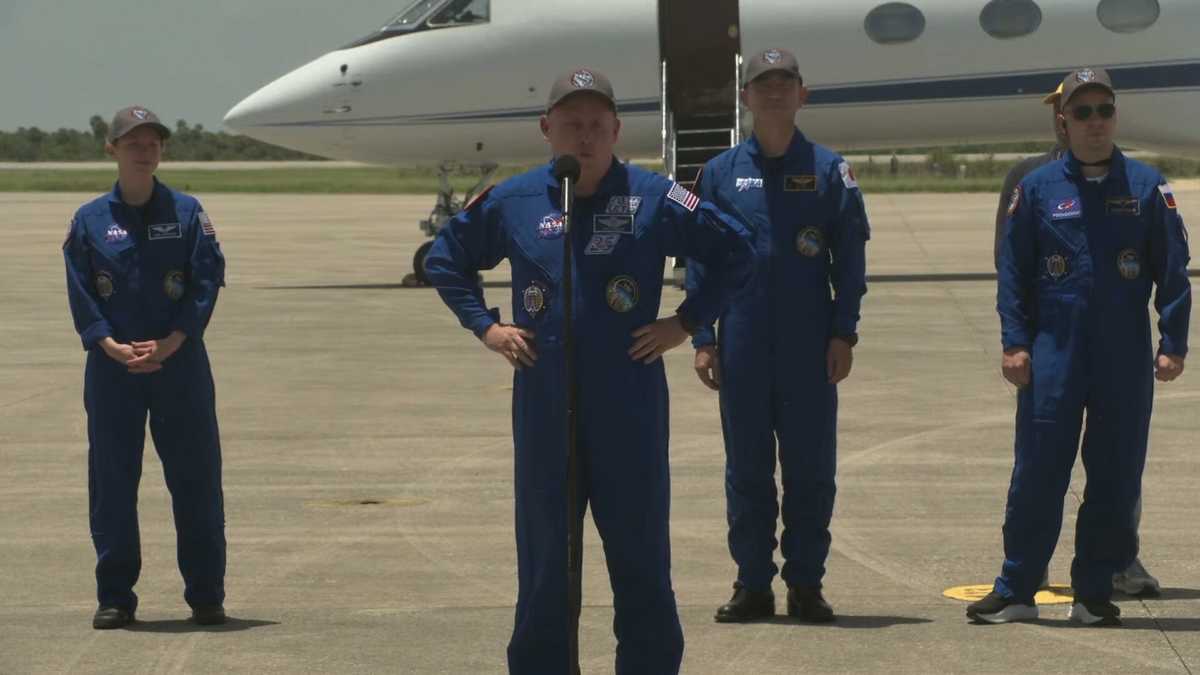T4K3.news
Crew-11 successfully launches to the ISS
Crew-11 departed on a six to eight-month mission aboard the SpaceX Crew Dragon Endeavour.

Crew-11 embarks on its journey to the International Space Station amidst site changes.
Crew-11 departs for ISS amid changes at landing zones
On Friday, the Crew-11 mission launched from NASA's Kennedy Space Center in Florida, sending a four-person crew to the International Space Station. Spacecraft commander Zena Cardman leads the team, which includes NASA astronaut Mike Fincke, Kimiya Yui from Japan, and Russian astronaut Oleg Platonov. Their mission is set for a six to eight-month stay at the space station. The launch vehicle, a Falcon 9 rocket, performed a successful propulsive landing at Landing Zone 1, which will soon be transformed for a different use as SpaceX prepares to relocate its landing operations.
Key Takeaways
"We're working with the Cape and with the Kennedy Space Center folks to figure out the right time to make that transition."
Bill Gerstenmaier comments on planned changes to landing zones as SpaceX adjusts its operations.
"This was the 53rd and final rocket landing at LZ-1 since SpaceX aced the first intact recovery back in 2015."
Significance of the landing at LZ-1 during the Crew-11 mission.
The Crew-11 mission highlights SpaceX's evolving role in space exploration as it grapples with changes in its landing operations. While the successful departure to the ISS is a major achievement, the impending closure of Landing Zone 1 raises questions about how SpaceX will adapt its operations. This transition reflects broader shifts in the space sector, where collaboration and competition shape the landscape for future missions. The need to adapt to new landing zones could impact mission logistics and costs, affecting both crew members and mission planners.
Highlights
- SpaceX's landing zones are in flux, but missions soar.
- Crew-11's journey marks a new chapter for SpaceX.
- With each launch, we redefine our limits in space.
Transition of landing zones presents operational risks
SpaceX's shift from existing landing zones could affect future mission logistics and costs, potentially impacting efficiencies and timelines.
As operations adjust, the future of SpaceX’s landing plans remains to be seen.
Enjoyed this? Let your friends know!
Related News

SpaceX launches Crew-11 astronauts to the ISS

SpaceX launches Crew-11 astronauts to ISS

Crew-11 mission launches successfully from Florida

SpaceX Crew-11 astronauts dock with ISS
SpaceX delivers four astronauts to ISS

SpaceX transports new astronauts to space station

SpaceX Crew-11 Arrives for Historic ISS Launch

NASA SpaceX Crew-11 launch with local astronaut is imminent
